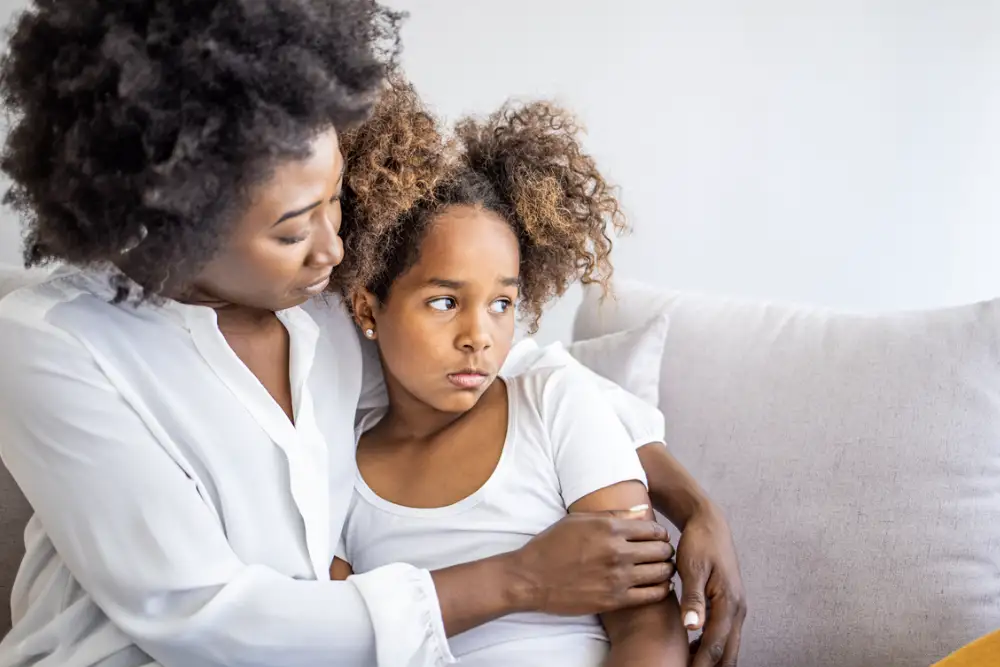What Parents Should Know About Bullying

At East Portland Pediatric Clinic, portland child doctor, we know that your child’s mental health and wellbeing is as important as their physical health. And one of the challenges children can face to their mental wellbeing is bullying, especially in school. In fact, on average, one in four students in our country state that they’ve been bullied at school. Read on to learn more about how you can educate yourself (and your child) on bullying.
What is bullying?
First, it’s important to understand what bullying is. At its core, bullying is any unwanted, aggressive behavior by another that involves a real (or perceived) power imbalance. For children, this power imbalance can be due to many things – the other person’s physical strength, popularity, or access to embarrassing information. Examples of bullying range from spreading hurtful rumors to physical or verbal attacks. Usually, bullying is a pattern of behavior that can repeat over time and can take place in or outside of school.
Types of bullying
The following are the three types of bullying, as defined by StopBullying.gov, the U.S. Department of Education’s official anti-bullying website:
- Verbal bullying is saying or writing hurtful things. This includes name-calling, taunting, and teasing.
- Physical bullying is hurting another person’s body or their possessions. This includes hitting, spitting, tripping, and pushing.
- Social bullying is intentionally hurting a person’s reputation or relationships. This includes spreading rumors about them, excluding them on purpose, or embarrassing them on purpose.
While not technically a separate type of bullying, it’s also important that we talk about cyberbullying. Cyberbullying is when verbal and social bullying take place over digital devices such as cell phones and computers; it can also be as harmful as in-person bullying. For more information about cyberbullying, go here.
Each state has their own anti-bullying laws and policies. To read about Oregon’s, click here.
What you can do to help
Fortunately, there are lots of things parents and caregivers can do to help prevent bullying. One of the most important is to regularly check in with your child or children often. Ask them about their friends and school. Listen to their concerns.
Next, become familiar with what bullying is – and what it is not – and talk openly about it. Tell your child that if they feel uncomfortable with the comments or actions of someone, let a trusted adult know. Encourage them to get help if they find themselves involved in bullying or know someone who needs help. You can also talk strategies about how to safely disarm a bully, such as confidently asking them to stop, using humor, or walking away. (When bystanders intervene, bullying stops within 10 seconds about 57% of the time.)
You can also encourage your child(ren) to participate in activities or hobbies that they love. This can help them make friends with the same interests as well as building confidence, which can help protect them from bullying.
Bullying is harmful because it stops kids from being who they want to be, prevents them from expressing themselves freely, and might even make them feel unsafe. If you suspect your child is being bullied or may be bullying others, say something. At any time, if you feel like your child is at risk of harming themselves or others, get help right away.
More Resources
Along with StopBullying.gov, here are a few more anti-bullying websites to check out:
